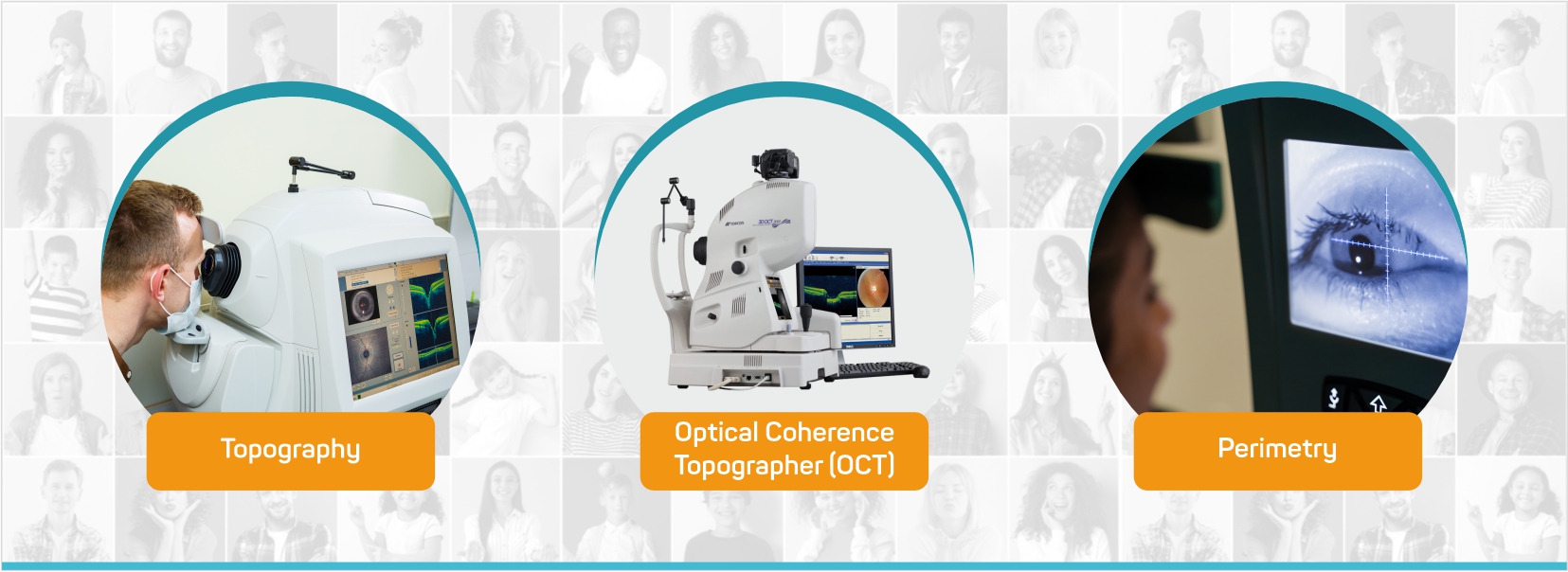What Is Glaucoma?
Are You At Risk For Glaucoma?
If You Answer Yes To Any Of These Questions Below, Then You Are At High Risk:
Prevalence
Symptoms
The most common type of glaucoma (open-angle glaucoma) often has no symptoms rather than slow vision loss. Angle-closure glaucoma although rare is a medical emergency and its symptoms include eye pain with nausea and sudden visual disturbance.
What's New
Register via QR Code to stay up to date with the information from medical & alternative medicine from Tej Eye Center and allied organizations for complete healing or download brochure for know more about Glaucoma.
Download Brochure.jpg)

Chronic Or Primary Open-Angle Glaucoma (POAG)
Closed Or Acute Angle – Closure Glaucoma

Tonometry
Ophthalmoscopy (Dilated Eye Exam)
Perimetry (Visual Field Test)
Gonioscopy
Pachymetry
OCT (Ocular Coherence Tomography)

 Glaucoma, the silent thief of sight
is a
term used to describe a group of
diseases of the eye characterized by
progressive and irreversible damage
to the
optic nerve (nerve of the eye
responsible for vision) and which if
untreated can
lead to blindness. Though raised
pressure of the eye (pressure
maintained by
fluid in the eye) is an important
risk factor, a few individuals can
develop
glaucoma even with normal pressure
of the eye.
Glaucoma, the silent thief of sight
is a
term used to describe a group of
diseases of the eye characterized by
progressive and irreversible damage
to the
optic nerve (nerve of the eye
responsible for vision) and which if
untreated can
lead to blindness. Though raised
pressure of the eye (pressure
maintained by
fluid in the eye) is an important
risk factor, a few individuals can
develop
glaucoma even with normal pressure
of the eye.
